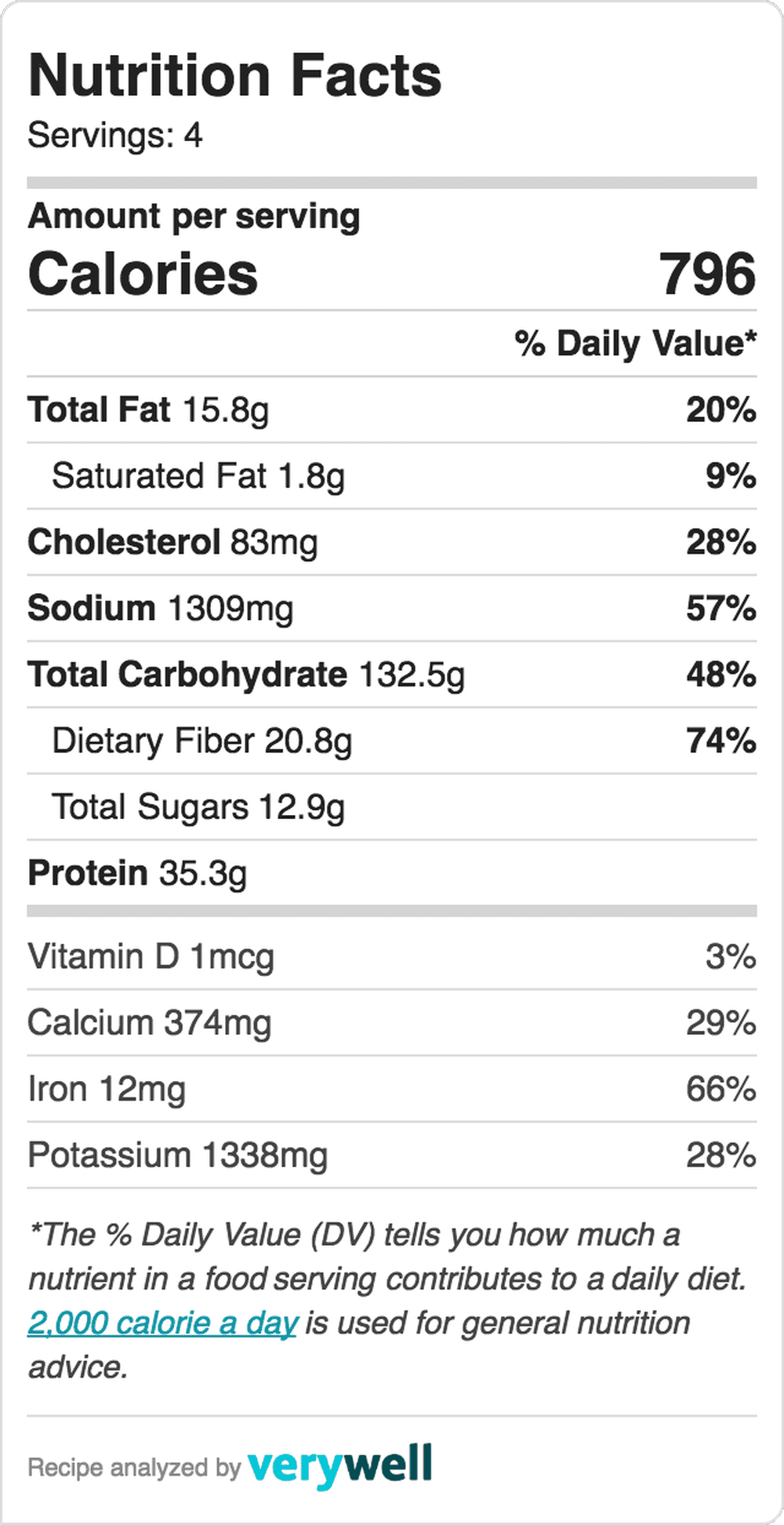
Cooking for yourself is tough. And if you have friends or family over, it can be even trickier — tweaking recipes for food allergies and serving sizes. Now imagine what it would be like to prepare healthy meals for 100 Olympic athletes. That’s what Chef Allen Tran, MS, CSSD, RD, and Chef Megan Chacosky, MS, RD, do every day as the high-performance dietitian and chef for the U.S. Ski & Snowboard Association.
“We work with about 200 athletes total, and on any given day there can be 100 athletes here,” says Chef Tran, referring to the USSA Center of Excellence training facility in Park City, UT. He and Chef Chacosky work in Park City full-time until they head to PyeongChang for the 2018 Olympic Games. “It’s like cooking multiple Thanksgivings every day,” Chef Tran says. NBD, right? We snuck behind the counter and opened the fridge to see exactly what Olympic athletes eat.
RELATED: The Olympic-Inspired Bodyweight Workout
A Gold-Winning Meal Plan
Whether it’s a protein smoothie or a hearty salad bowl, Chef Tran and Chacosky not only have to take into account the nutritional requirements of these Olympians, but they also need to be aware of certain food allergies and the different stages of their training plans. “There are some big training blocks when athletes are in the strength and power phase of training and they’re eating more,” explains Chef Tran.
But because the athletes all have different workout routines, it’s impossible to cater every meal towards one team or one athlete’s training session. Instead, Chacosky and Tran focus on educating the athletes about how to make smart food choices to fuel their workouts. “I aim to serve all of our meals buffet-style, with separate sections for proteins, starches and vegetables, so athletes can build their own plate to match their training needs that day,” Chef Chacosky says.
RELATED: 20 Questions With Olympic Skier Gus Kenworthy
To keep the facility stocked with nutritious foods, Chacosky grocery shops one to two times a week and gets a food delivery once a week through a local food purveyor and Costco. So just how much food is in the training facility? “There are two double-door commercial refrigerators, one regular refrigerator and one reach-in deep freezer to store food for up to one week,” she says. Chacosky also hosts meal prep classes for athletes, so they learn how to make simple, nutritious meals at home.
When they’re traveling with specific teams, Chacosky and Tran will plan according to the team’s needs — and their environment. “At a high-altitude, high-volume training camp, we will add more calories, like sides of butter, avocado, salad dressing and mixed nuts,” Chef Chacosky says. There’s also more emphasis on hydration for athletes who train at higher elevation.
Team USA’s 2018 Winter Olympics Menu
Partnerships like the one the U.S. ski and snowboard teams have with Blue Diamond Almonds and Almond Breeze help make key ingredients and snacks readily available to both the chefs and athletes. “Having the option of a dairy-free milk allows us to support every athlete’s individual needs,” Chacosky says, including athletes who are lactose-intolerant or avoid dairy during certain types of training.
Here are six recipes that Chefs Chacosky and Tran have cooked up for Olympic hopefuls as they prepare for the Winter Olympics.

Creamy Lemon-Garlic Pasta Recipe
Makes 3-4 servings
Ingredients
1 large bunch asparagus
2 lemons, zest and juice
1 1/2 tablespoons olive oil
2 teaspoons each: salt, pepper and garlic powder
2 cups Almond Breeze Unsweetened Original Almondmilk (or for extra creaminess use Almond Breeze Unsweetened Original Almond Cashew Blend)
1 pound dry pasta, any shape (or gluten-free pasta)
1 (15 oz.) can garbanzo beans, drained
Optional: 1/4 cup shaved parmesan cheese or 2-3 tablespoons nutritional yeast
Instructions
- Preheat oven to 450° Line a baking sheet with foil and set it aside. Bring a medium pot of water to a boil. Trim the asparagus and cut them into one-inch pieces. Be sure to save the tough ends.
- Spread the asparagus pieces and drained garbanzo beans on the lined baking sheet. Coat the with 1/2 tablespoon of olive oil and one teaspoon each of salt, pepper and garlic powder. Place the baking sheet in oven to roast until the asparagus is tender, and the garbanzo beans are browned and slightly toasted, about 20 minutes.
- While the asparagus and beans are roasting, add the saved asparagus tough ends to the boiling water until pieces are tender. Spoon out asparagus with a strainer and place them into a food processor or blender.
- With the water still boiling, add pasta and cook to al dente. Once cooked, drain the noodles and set them aside in a large serving bowl.
- Make the creamy pasta sauce: Combine boiled asparagus stalks, zest and juice of two lemons, almond milk, one tablespoon of olive oil, and the remaining teaspoon each of salt, pepper and garlic powder in a food processor or blender. Blend until the mixture is completely combined.
- Pour the sauce over the cooked pasta and stir in the roasted asparagus and garbanzo beans.
The Skinny

